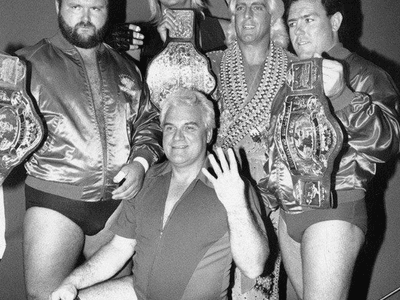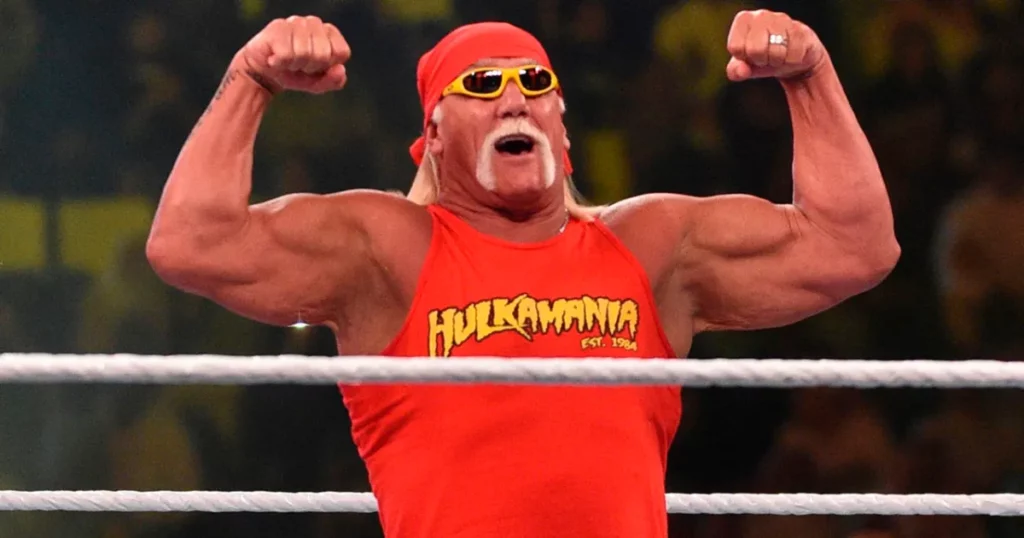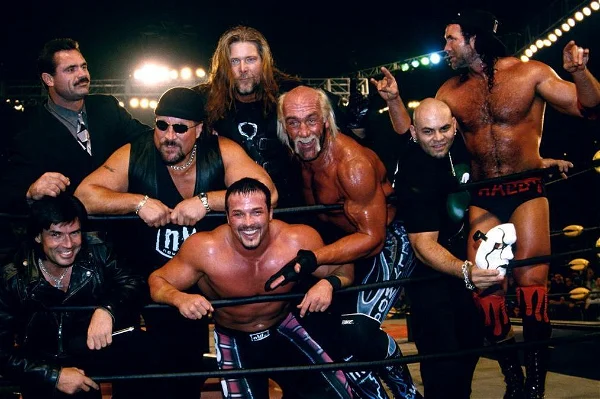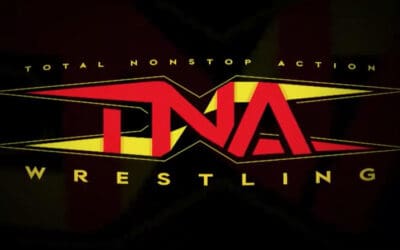World Championship Wrestling (WCW), once a powerhouse in professional wrestling, experienced meteoric heights and dramatic lows. Its rise and fall of WCW from a regional promotion to challenging the global behemoth, WWE (then WWF), and then its eventual demise, is a fascinating study in ambition, competition, and miscalculation.
The Rise and Fall of WCW: A Historical Overview
Roots in the South
WCW’s origins trace back to the regional promotion, Jim Crockett Promotions, which was a key player in the National Wrestling Alliance (NWA). With a stronghold in the southeastern U.S., the promotion introduced wrestling legends like Ric Flair and the Four Horsemen.

Turner Broadcasting Acquisition
In 1988, media mogul Ted Turner acquired the company, rebranding it as World Championship Wrestling. With Turner’s financial backing and a prime slot on TBS, WCW was poised to challenge the WWF’s dominance.
New Stars and Fresh Ideas
WCW began to distinguish itself with a mix of homegrown talent like Sting and Lex Luger and ex-WWF stars like Hulk Hogan and Randy Savage. The introduction of the cruiserweight division, showcasing high-flying international talents, further diversified its offerings.
The Monday Night Wars
In what would become a defining period for professional wrestling, WCW launched “Monday Nitro” in 1995, directly competing against WWF’s “Monday Night Raw“. This began the infamous Monday Night Wars, with both companies vying for TV ratings supremacy.
nWo and the Peak of Popularity
The formation of the New World Order (nWo) with Scott Hall, Kevin Nash, and the shocking heel turn of Hulk Hogan, was a game-changer. The faction’s edgy, rebellious attitude propelled WCW to unprecedented success, frequently outpacing WWF in ratings.

Internal Strife and Mismanagement
However, beneath the surface, WCW began showing cracks. Over-reliance on older stars, frequent changes in creative direction, and backstage politics plagued the company. Mismanagement, both financially and creatively, started eroding its foundation.
A Series of Blunders
Decisions like revealing Mankind’s WWF Championship win (which led fans to switch channels) and the ill-fated “Fingerpoke of Doom” segment became emblematic of WCW’s decline. Additionally, the overexposure of the nWo, leading to convoluted storylines, alienated many fans.
A Final Attempt and Demise
In 1999, WCW tried to reboot. Despite enlisting fresh creative minds like Vince Russo, they couldn’t reverse the slide. By 2001, with plummeting ratings and mounting financial losses, Turner Broadcasting, under AOL Time Warner, sold WCW to its rival, Vince McMahon’s WWF.
Legacy and Influence
While WCW’s demise was unfortunate, its influence on professional wrestling is undeniable. Concepts they popularized, stars they created, and the competition they provided reshaped the wrestling landscape. Today, moments from WCW remain etched in fans’ memories, serving as a reminder of a bygone era of wrestling magnificence.
Conclusion
WCW’s rise and fall is a cautionary tale of how rapid success, when coupled with internal discord and lack of vision, can lead to an empire’s downfall. Yet, for all its flaws, WCW’s legacy in the annals of wrestling history remains significant and evergreen.






